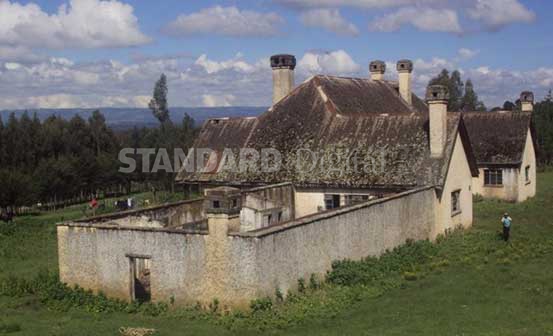×
The Standard e-Paper
Fearless, Trusted News

Tourism remains one of our leading foreign exchange earners with 1.35 million visitors coming to Kenya in 2014.
About 72 per cent of these visitors were on holiday, coming to sample out our beaches and national parks. In the same year, Egypt and Morocco each received 10 million tourists, SA got 14.5 million, France 85 million and Spain 60 million.